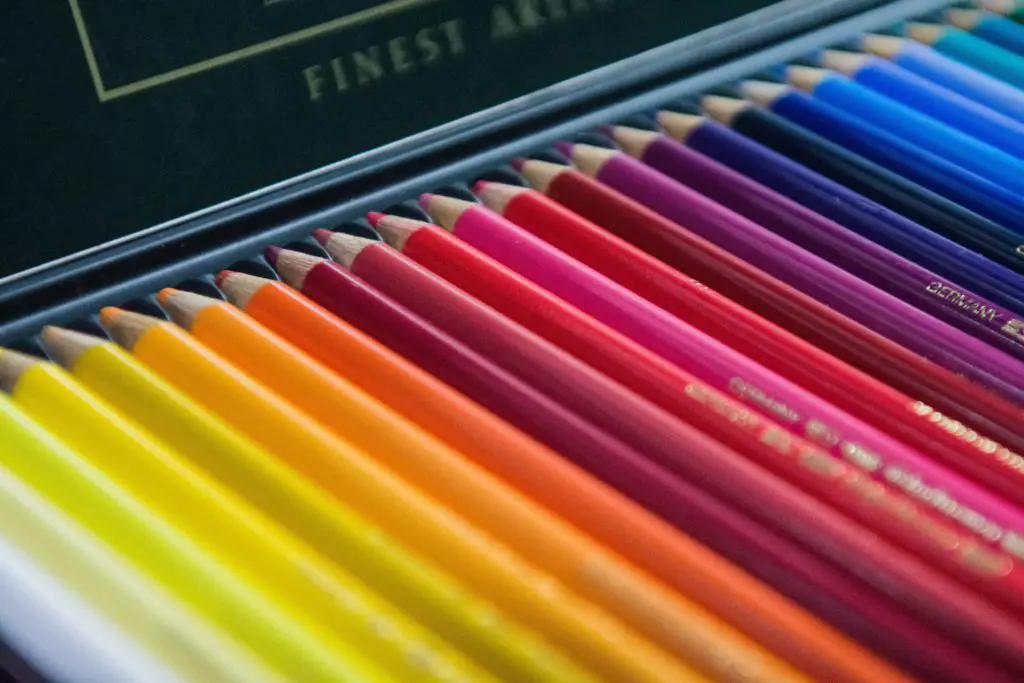No doubt you’ve heard the old adage: “A picture’s worth a thousand words.” This is so true—a singular image can inspire activism and outrage, trigger tears of pain or compassion, or make us laugh uproariously. Iconic images linger long in the collective memory of a society—and can even change us profoundly.
As a self-publishing author, your aim might not be to change the world with your book cover, but, aware of the power of imagery, a new adage might be fitting: “A picture’s worth a thousand sales.” We want our books to sell—whether our primary objective is to make money or not.
The joy and fulfillment for us writers comes full circle when readers immerse themselves into the worlds we’ve created and live vicariously through our characters. Or when our memoir or nonfiction topic engages and inspires readers to see the world, and perhaps their own lives, through a new, different lens.
That said, I shouldn’t have to emphasize how important your book cover is.
Designing a terrific cover is a key part of an author’s marketing plan, and a weak cover can sabotage your efforts. One survey stated that nearly 80% of potential customers say a cover plays a decisive role in whether they’ll purchase a book. Your cover comprises two key elements: your title and the cover image. Both must perfectly reflect the genre you’re writing in.
Because, as I often say …It’s All about Genre
How to Design a Book Cover: 7 Proven Tips for Success
1. Study the best covers in your genre.
As with every aspect of writing a book for success, you need to study the covers of best sellers in your genre—not just those in your main category (thriller, mystery, romance, etc.) but in your specific niche, and that can pertain to locale, type of protagonist, tone (dark, humorous, serious), and topic, if you’re writing fiction.
This is the best way in my opinion to come up with book cover ideas.
With nonfiction, you need to identify your target audience and note how the covers of best sellers showcase a look of authority and professionalism on the subject presented.
When an editing client of mine asked for help with his cover ideas for his first novel, I noted his initial mockups were way off track.
I searched online and found a dozen or so recent best sellers that were similar to his—a murder mystery set in the mountains—and being familiar with the authors he was emulating (pay attention to that!), I sent the links to him.
I pointed out to him that every single cover had certain consistent elements.
They featured a character centered on the page. Block lettering and positioning of the title and author’s name and series title were laid out in a specific manner, all directing the eye to the central image. A limited array of colors were used.
Once he saw these elements, he was able to convey to his book designer exactly what he had in mind.
The result was a cover that perfectly fit alongside those best sellers as well as hinted at his plot (bonus points).
It’s challenging to convey so much in a single cover, but a lousy cover can mean the difference between success and failure.
2. Decide whether to do it yourself or hire a pro.

If you are savvy with the needed software and feel confident you have the aesthetic talent to design your own book cover, that’s great.
I’ve created a few book covers using Canva and Shutterstock (which now has a great editing and design feature). You want to be careful to use images that you pay for or are license-free (I love Unsplash for free images).
However, I know my limitations (and sometimes these programs won’t do what you envision), and I’ve often hired a designer or used 99Designs (which is a fun, inexpensive platform where artists submit their ideas and you choose the one you love best).
Designing an ebook cover is fairly simple, but paperback full spreads are more complex, requiring specific spine dimensions based on paper type and number of pages.
You can choose from various book sizes, but align your choice with your genre. Nearly all my books are 6” x 9”—the most common size.
Amazon suggests an ebook cover size of 2,560 x 1,600 pixels, and keep in mind that your cover has to be simple and clear enough to reduce down well to thumbnail size.
Too often that beautiful flowery script you love practically disappears as a thumbnail image. Pair your tastes with practicality.
For some of my books, I’ve purchased premade covers or had the site owner do some tweaking for me.
A site I particularly love is Go On Write.
I love what James did with my Time Sniffers cover. I found the image of the girl on Shutterstock, picked a premade cover design, and asked him to stick a black hole on the cover to look as if she’s being pulled into the gravity well.
The Book Designer also has wonderful pre-designed covers.
When I was writing my fantasy series, I researched long and hard until I found an artist I loved.
I contracted him to do all seven covers (I had negotiated my contract with my publisher to give me full artistic control and a budget to work within, which was a wonderful but rare privilege).
It was important to me that my fairy tales had the look I envisioned.
All the books in the series feature the same fonts and positioning of title, series title, and author name, which is what you want. Consistency is branding.
That said, you want a professional-looking cover, and book design is an art. Investing in a skilled designer will pay off in the long run.
I’ve ditched more than one cover I designed myself and replaced with a much better cover made by a professional.
There are lots of websites that showcase great covers and may help spark ideas.
The Book Designer has, for years, featured monthly design awards for best covers, and the judges remark on why they chose each winning cover.
These invaluable comments can help you as you brainstorm cover ideas.
3. Don’t use more than two fonts.
One thing I remember from my graphic design training is that people don’t respond well to too many different fonts (types of lettering).
Your cover can look amateurish if you don’t follow this advice.
4. Don’t clutter.

It’s tempting to stuff a lot of things on the cover, including blurbs and descriptions and multiple images in order to convey everything you think needs to be there.
But a simple striking image, even hinted at, can be more effective.
Again—copy those best-selling books! Air space (areas with nothing) adds artistic balance to the composition.
5. Don’t blast your name on a marquee.
While you don’t want to underplay your author name, you don’t want to have it overpower your cover.
Sure, if you’re Stephen King, all you probably need to do is engulf your cover with your name, but you’re not him.
6. Pick colors and image components that fit your genre and your story.

Although already mentioned, I can’t emphasize this enough.
Whether you go for minimalism, creative typography, or some other style, be sure the best sellers in your genre reflect these choices.
Think about your plot and the tone of your book and make that your lens.
7. Create the right files.
For ebooks, generally a jpeg image is suitable. But with full spreads for paperbacks, you usually need to upload a PDF.
Be sure you size everything carefully or you’ll be required to resubmit a new file.
Amazon has thorough instructions to walk you through every step of cover creation.
The Secret to Hiring a Designer (If You Choose That Route)
Designers often have a deeper understanding and awareness of trends in specific genres, and a good designer will know how to find that perfect balance between originality and emulation, and will know how to tie those together while designing your book cover.
Sometimes we writers are too close to our stories, and what we picture featured on the cover isn’t what will best grab the interest of potential readers.
If you hire a cover designer, be sure to send examples of covers of those best-selling titles in your niche genre to help the designer get what you’re going for.
Share all your ideas about colors and fonts, but be open to ideas—this is a collaboration. Articulate who your audience is for your book.
You’ll need to also provide your manuscript document if doing a full spread for paperback and/or hardcover.
In addition, the designer needs to know your title, subtitle, author name, series name, brief blurb, and/or any other writing you want to be displayed. Be sure the designer you pick has done covers in your genre.
You can also look inside books that have covers you love, and often you’ll see the name and website listed for the cover designer.
Contact them to get info on their prices and availability. Working with a written agreement will help avoid problems or miscommunication down the road.
Author and marketer Joanna Penn has a list of recommended cover designers, but you are sure to find plenty online.
She switched out a few of her original covers after doing careful market research, then crafted more appropriate covers, which sent her sales skyrocketing (into the hundreds of thousands of copies sold).
Yes, a picture can be worth a thousand sales—if you create just the right cover your target audience will love.
But never forget—make sure you write your best book, because though many may “judge a book by its cover,” if what they read once they open that cover is disappointing, the greatest cover in the world won’t make up for that less-than-stellar book!


